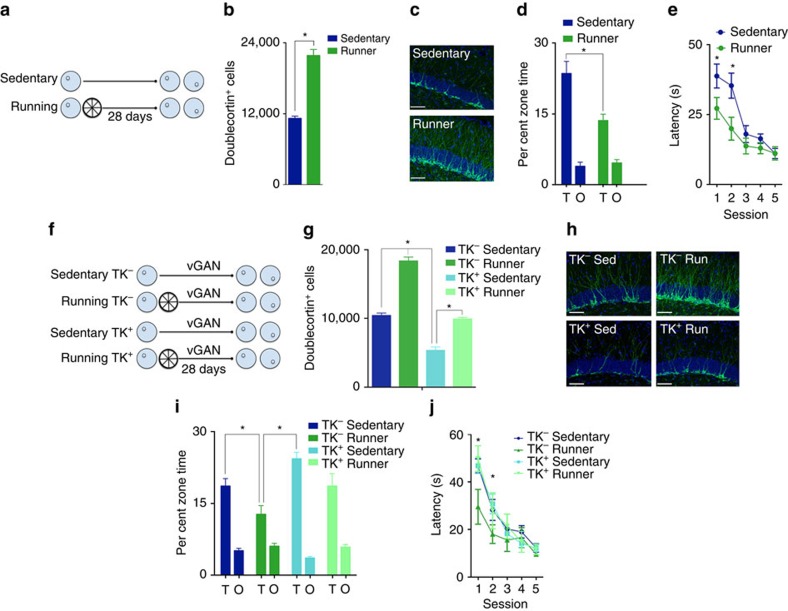Figure 1. Running-induced neurogenesis promotes forgetting of previous information and consequently facilitates reversal learning.
(a) After water maze training mice were housed conventionally (n=24) or given running wheel access (n=24) for 4 weeks before testing and reversal training. (b) Running increased the number of doublecortin+ neurons in the dentate gyrus (F1,18=142.03, P<0.001). (c) Examples of doublecortin+ immature neurons in the dentate gyrus of sedentary versus runner mice. Scale bars, 50 μm. (d) Running reduced retention of the platform location (Group × Zone interaction: F1,46=9.56, P<0.005), and (e) facilitated reversal learning (Group × Day interaction: F1,46=6.31, P<0.0001). (f) TK+ and TK− mice were trained in the water maze and were then given oral vanganciclovir treatment for 4 weeks. During this period, roughly half of the mice received running wheels and the other half remained sedentary (TK− sedentary n=14, TK+ sedentary n=17, TK− runner n=20, TK+ runner n=23). (g) The running-induced increases in doublecortin+ cells were attenuated in TK+ mice (Genotype × Group interaction: F1,43=7.08, P<0.05). (h) Examples of doublecortin+ immature neurons in the dentate gyrus of sedentary versus runner mice TK− and TK+ mice. Scale bars, 50 μm. (i) Post-training running induced forgetting in TK− (ZoneTarget>ZoneOther; P<0.05) but not in TK+ mice (P>0.05; Group × Zone interaction: F3,74=5.17, P<0.005). (j) Running facilitated reversal training in TK− but not TK+ mice (Group × Day interaction: F12,292=1.86, P<0.05; T, target platform zone, O, average of three equivalent platform zones in other quadrants). Data analysis used ANOVA (b,d,g,i) and repeated-measures ANOVA (e,j). *P<0.05 by Newman–Keuls post hoc tests for multiple comparisons. Data shown are mean±s.e.m.

